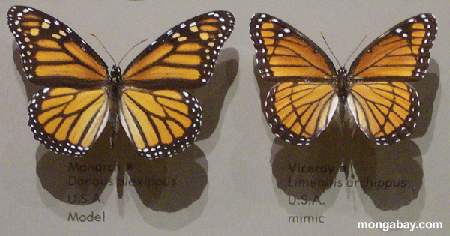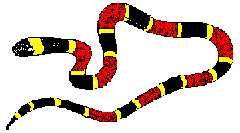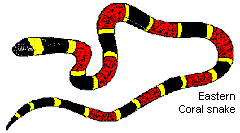Mask and Mime in the Jungle
Life in the wild mimics city life in more ways than one, says S.Ananthanarayanan.
It is not just the rule of the stronger or the swifter, it is more a game of deceit, ploy and strategy! How similar to advertising, marketing and the ways of the share bazaar?
Batesian mimicry Henry Walter Bates was a British scientist who studied Amazonian butterflies that use deception to keep predators away. The Heliconid butterflies of the Amazon, better known as the Passion Flower butterflies, live in groups and shelter from
the rain in shrubs of the Passion Flower. This plant has evolved toxic leaves, to be safe from insects. But the caterpillars of the Heliconid have developed resistance and actually use the toxins in the leaves to make the butterflies themselves poisonous to
eat!
Snacking on a Heliconid leads to such discomfort that those who have had a taste steer clear thereafter. But the interesting part is with related butterfly species which do not have this kind of protection. The related species have evolved to have wing shapes
and marking deceptively similar to the Heliconid. Predators that have learnt by bad experience to avoid the Heliconid then also stay away from the related, but quite palatable cousins! This kind of ‘borrowed’ protection, which has been found in many more instances,
is now known as Batesian mimicry.

A well known instance is the Indonesian Papillio butterfly, whose females are able mimic a number of other, foul tasting species.
Another instance is of the Eastern Coral snake, a relative of the cobra and the mamba and found in some states of the USA. This snake is venomous and has characteristic colouring to announce itself. But the harmless Scarlet King snake has evolved almost
identical markings and is able to piggyback on its deadly look alike!


Enter game theory This week’s Nature carries a report on a study of the frequencies with which species should be found to mimic alternative unpalatable models. Typically, if the mimics outnumber the model, then the model itself would lose its protection
and may need to evolve away from its harmless double. But nearer to life would be a case of closely resembling toxic models, one being more toxic than the other, or being more abundant than the other. The mimics may then do better to imitate the more toxic
or the more abundant kind. In cases not clearly demarcated, there may be an optimum mixed strategy of looking like one or the other, so that the protection is maximized.
The mathematical methods of game theory, now common in the corporate world, may find ready application. Paradox But the study reported in Nature, of species of frog that live in the Ecuadorian Amazon, seems to contradict this simple rule of predator evasion.
The non-poisonous frog, Allobates zaparo, shares territory with a very poisonous frog, Epipedobates parvulus, and a related but less noxious one, E. bilinguis. Both the poisonous forms have distinct but similar patterns of red warning spots. Now, the study
shows that the non-poisonous variety chooses to mimic the less toxic model rather than the more poisonous one. Not even a mix, of sometimes one model and sometimes another, but just the less poisonous one. This seems to be counter-intuitive! The answer has
been found to lie in the way predators react to the two poisonous forms. Encounter with the more toxic one is so unpleasant that it teaches an avoidance of anything even similar. But in the case of the less toxic form, the lesson is to avoid just that specific
kind.
Thus if a mimic were to look like the more poisonous model, then it would be safe from predators that avoided the model, but not from predators educated by the milder form. On the other hand, looking like the milder model would give protection from all predators!
[The writer can be contacted at simplescience@gmail.com]